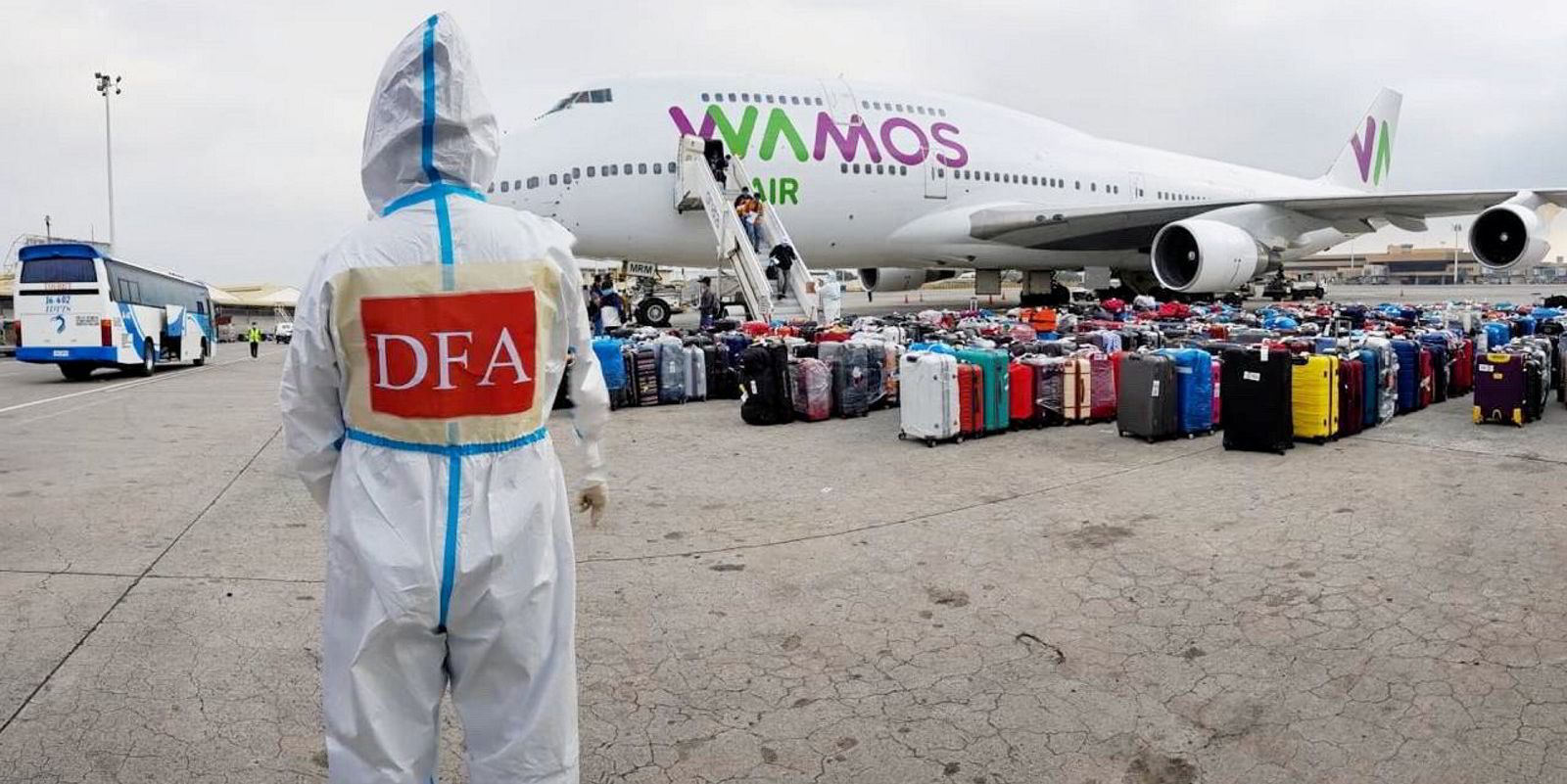The crew-change crisis was the biggest challenge for ship managers in the last year, requiring hard work, ingenuity, organisation and understanding in large measures. The industry had to learn lessons as it responded to the tests set by Covid-19.
Ship management bosses said the pandemic took centre stage in 2020 and if crew changes are no longer in crisis, they continue to be a major issue.
Seafarers' mental and physical welfare were catapulted to the forefront, not before time, and awareness of the stresses on shore-side staff were also highlighted as companies rushed to implement contingency plans that had not been designed with a pandemic in mind.
Global ship management groups saw what was happening in China in early 2020 and scrambled to implement emergency strategies as border restrictions were imposed first across Asia and then the world.
Contingency plans
Managers' crewing teams worked non-stop to identify when and where crew changes were possible and to get permission from national bodies and arrange flights, while ensuring Covid tests and quarantines were undertaken and personal protection equipment used.
Thome Group was undergoing its annual review of business contingency plans in mid-January last year, just as it was hearing about the Covid-19 outbreak in Wuhan. Chief executive Olav Nortun said the group decided it needed a central emergency response management team — and put it in place by the end of that month.
“The [contingency] plan had a lot of scenarios but when we started to look at it, we realised there was something missing,” Nortun said. “If that [lockdown] happens to us, do we have the capability?”
Despite his time in South Korea during the SARS epidemic, Nortun said it soon became apparent that the company's existing plans were not sufficient to respond to a total lockdown, so Thome had to ensure people could work from home, which it had not previously sanctioned.
But even equipping staff with laptops, headsets and cameras was no longer simple, as getting computer components from China became difficult after borders closed.
Shared experience
Nortun said that as the virus spread, Thome’s team was “constantly communicating what changes were needed to be able to operate. We learned a lot as we walked through the different scenarios in different countries”.
That experience was shared by other managers.
No one could anticipate what was coming, said Wallem Shipmanagement managing director and interim chief executive John-Kaare Aune.
“The challenges around crew change rotation have been front and centre for shipping, and definitely for ship management for the past 12 months,” Anglo-Eastern chief executive Bjorn Hojgaard said.
“We took the decision early on to try and do whatever it takes to get people relieved. In the beginning, it was very difficult because it was a hard lockdown with nobody moving across borders, but since May last year we have been more or less able to cope,” Hojgaard said.
Aune reiterated the message that responding quickly and decisively was key.
“Unlike many companies we were clear that we wanted to keep doing crew changes where it was safe and possible. We were not one of the ones that thought putting a moratorium on crew changes for a couple of months would solve it.”
Advantages of scale
Bigger groups had an advantage, said Columbia Shipmanagement chief executive Mark O'Neil. But even with a large crewing department and a Covid database that was updated hourly with the latest intelligence on what was and was not possible, its staff had to work 24/7 to cope.
“It would have been a very frightening period if we had not had that scale,” O'Neil said. At the worst stage of the pandemic, he said Columbia had fewer than 70 seafarers beyond their 12-month contracts, out of a pool of 14,000.
But O'Neil added: “Were we frustrated nine times out of 10 when we thought we had a rotation set up and the crew was ready to get off, and a port changed [its rules]. Of course, that was frustrating for crew and staff alike, but then we had backup to reprocess where we could do it.”







